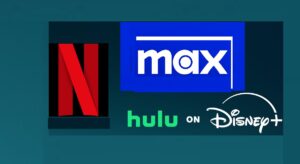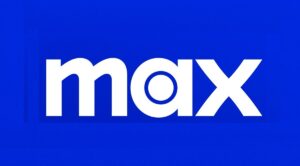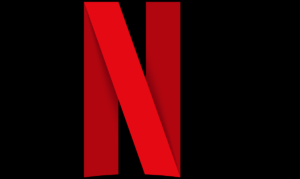5 Reasons Why the NEW Cable Bundle is a Trap for Consumers (Don’t Fall For It!)
Cable nostalgia might make the “new bundle” sound appealing, but it hides the same problems as before: forced subscriptions and limited choice. These bundles are designed to benefit Big TV companies, not you, with the goal of locking you in and raising prices later. Ultimately, the content sprawl you crave won’t be solved by a new bundle, and you might even see less content in the long run.
CONTENTS:
- Cable Nostalgia Revived
- Why Bundles Were Bad News
- Trapped in the Old Bundle
- Big TV’s Self-Serving Scheme
- Beyond the Bundle Hype
- The Downside of One Screen

Cable Nostalgia Revived
Many people, even the intelligent ones, often express a nostalgic longing for the days of the traditional TV bundle. The sentiment typically goes something like this: “There are too many shows spread across too many streaming services. I wish we could go back to a time when we paid one company for all our TV needs in a single package, like with cable TV.”
This nostalgia is now being met with enthusiasm as major media companies announce their plans to “bring back the bundle.”
Why Bundles Were Bad News
-NEW Cable Bundle is a Trap for Consumers
Take, for instance, recent announcements from Disney and Warner Bros. Discovery about their plans to sell Disney+, Hulu, and Max together. Or Comcast’s recent move to bundle Peacock with Netflix and Apple TV+. These aren’t your old-school TV bundles, but that’s not the most important point. What’s crucial to understand is that unless you work for a Big TV company, you shouldn’t be cheering for the return of the bundle. It was a terrible way to pay for and watch TV, and back then, most of you complained about it.

For those who weren’t around or don’t remember: The old-school TV bundle was a take-it-or-leave-it package sold by your local cable monopoly, which you likely despised. Never watched sports? Too bad—you still paid for ESPN. Not a fan of old movies? You still paid for TCM. Disliked Rupert Murdoch’s politics? You had to pay for Fox News anyway.
Trapped in the Old Bundle
But it was even worse than that. The old-fashioned bundle was often a prerequisite for access to premium channels like HBO or Showtime. Your local cable monopoly would only sell you these channels after you had already subscribed to the basic bundle. And if you ever decided to unsubscribe, good luck—it was notoriously difficult to leave, unlike the ease of canceling a streaming service with just a click.
In short, consider all the benefits of the internet-enabled, on-demand economy: you order and consume what you want, when you want, with various companies competing for your time and money. This is the exact opposite of the old-timey bundle.
Now, let’s discuss the new-fangled bundle, which isn’t the bundle you might be thinking of.

Big TV’s Self-Serving Scheme
Let’s start with this: The Big TV companies aren’t “bringing back the bundle” because they want to give you what you want. They’re trying to solve a problem that affects nearly all of them: losing money on their streaming services.
They believe these bundles will help them save on marketing costs (or “extend their marketing reach,” if you prefer that framing). Crucially, they think bundles will reduce the likelihood of you canceling their streaming service—a major issue for the industry—if your subscription is tied to other streaming services.
That’s it. That’s the whole thing.
Beyond the Bundle Hype
Yes, Comcast CEO Brian Roberts promises that the bundle he’s going to offer (exclusively to Comcast customers) will “come at a vastly reduced price to anything in the market today.” But we’ve all seen how pricing works for these services—you start low and then gradually increase the price. This is why Disney+ launched without ads for $7 a month in 2019, and why the ad-free version of the service costs $14 a month in 2024.
But maybe what you’re really yearning for is a better way to find the content you’re already paying for. Maybe what you truly want is a single screen where you can see everything your subscriptions allow you to watch. That sounds pretty good, right?

The Downside of One Screen
Alas, you’re definitely not getting that anytime soon because whoever controlled that single screen would be very powerful indeed. No one with any power in the TV business wants to give more power to someone else unless they’re desperate. That’s why Netflix didn’t cooperate with Apple’s TV guide when it launched in 2017 and still doesn’t today.
The bad news: Sooner or later, you might get closer to the actual bundle you think you’re asking for, as smaller companies get swallowed by bigger ones. When companies consolidate, they … consolidate. They’ll find ways to cut costs wherever they can, including programming. For a refresher, look at Warner Bros. Discovery, which merged Time Warner with Discovery networks and has been shedding content ever since.
Even without that consolidation, TV companies are cutting back on new programming after a decade-long “peak TV” boom where they spent wildly to get you to subscribe to their channels. So the too-much-stuff-to-watch problem is going to be less of a problem, no matter what. Careful what you wish for.
Check out TimesWordle.com for all the latest news
You must be logged in to post a comment.